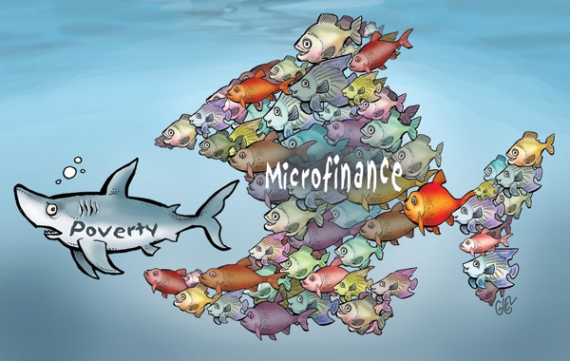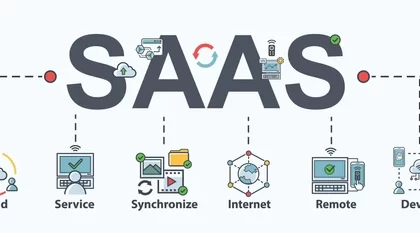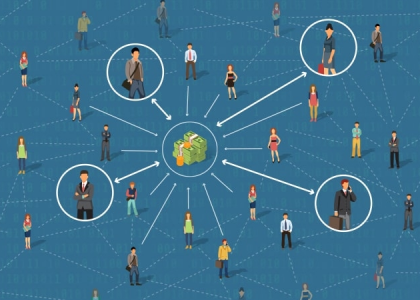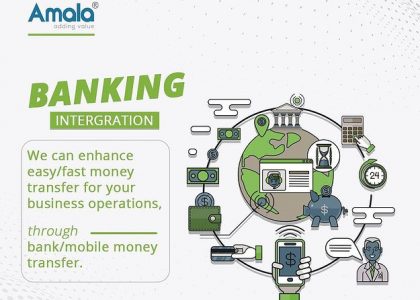Microfinance is a category of financial services targeted at individuals and small businesses who lack access to conventional banking and related services. Microfinance includes microcredit, the provision of small loans to poor clients; savings and checking accounts microinsurance and payment systems. Microfinance services are designed to be more affordable to poor and socially marginalized customers and to help them become self-sufficient.
Microfinance initially had a limited definition – the provision of microloans to poor entrepreneurs and small businesses lacking access to credit. The two main mechanisms for the delivery of financial services to such clients were: (a) relationship-based banking for individual entrepreneurs and small businesses; and (b) group-based models, where several entrepreneurs come together to apply for loans and other services as a group. Over time, microfinance has emerged as a larger movement whose object is a world in which as everyone, especially the poor and socially marginalized people and households have access to a wide range of affordable, high quality financial products and services, including not just credit but also savings, insurance, payment services, and fund transfers
Inclusive financial systems
The microcredit progress that began in the 1970s has emerged and morphed into a ‘financial systems’ approach for creating universal financial inclusion. While Grameen model of delivering small credit achieved a great deal, especially in urban and near-urban areas and with entrepreneurial families, its progress in delivering financial services in less densely populated rural areas was slow; creating the need for many and multiple models to emerge across the globe. The terms have evolved from Microcredit, to Microfinance, and now Financial Inclusion. Specialized microfinance institutions (MFIs) continue to expand their services, collaborating and competing with banks, credit unions, mobile money, and other informal and formal member owned institutions.
The new financial systems approach pragmatically acknowledges the richness of centuries of microfinance history and the immense diversity of institutions serving poor people in developing and developed economies today. It is also rooted in an increasing awareness of diversity of the financial service needs of the world’s poorest people, and the diverse settings in which they live and work. It also acknowledges that quality and rage of financial services are also important for the banking system to achieve fuller and deeper financial inclusion, for all. Central banks and mainstream banks are now more intimately engaging in the financial inclusion agenda than ever before, though it is a long road, with over 35-40% of worlds adults remaining outside formal banking system, and many more remaining ‘under-banked’. Advent of mobile phone centred money management and digital finance is changing the scenario fast; though ‘social-distance’ between economically poor/ social marginalized and the banking system remain large, unfortunately.
Mission drift in microfinance
Mission drift refers to the phenomena through which the MFIs or the micro finance institutions increasingly try to cater to customers who are better off than their original customers, primarily the poor families. It is regarded that this selection bias can come not only through an increase in the average loan size, which allows for financially stronger individuals to get the loans, but also through the MFI’s particular lending methodology, main market of operation, or even the gender bias as further mission drift measures. And as it may follow, this selective funding would lead to lower risks and lower costs for the firm.
However, economists Beatriz Armendáriz and Ariane Szafarz suggests that this phenomenon is not driven by cost minimization alone. They suggest that it happens because of the interplay between the company’s mission, the cost differential between poor and unbanked wealthier clients and region-specific characteristics pertaining the heterogeneity of their clientele. But in either way, this problem of selective funding leads to an ethical trade-off where on one hand there is an economic reason for the company to restrict its loans to only the individuals who qualify the standards, and on the other hand there is an ethical responsibility to help the poor people get out of poverty through the provision of capital.
The above arguments reflect the position of Microfinance operation in its totality and it sums up by raising a need of any company or institution that operates in the microfinance prospects to ensure that is driven by a stable, smarter, accurate and efficient system that will support the operations as this sector grows. Amala App Suite now joins us to resolve the complexity that the institutions have faced with their business. Amala App Suite is a system that will help the business expand and meet its demands by simplifying the tasks that the sector has hold for so very long. Let Amala App Suite be the saviour of your microfinance business management; by kindly visiting us to get your affordable solutions and services that could lead your business to the paramount of hope gross profit and safety to your business operations.








